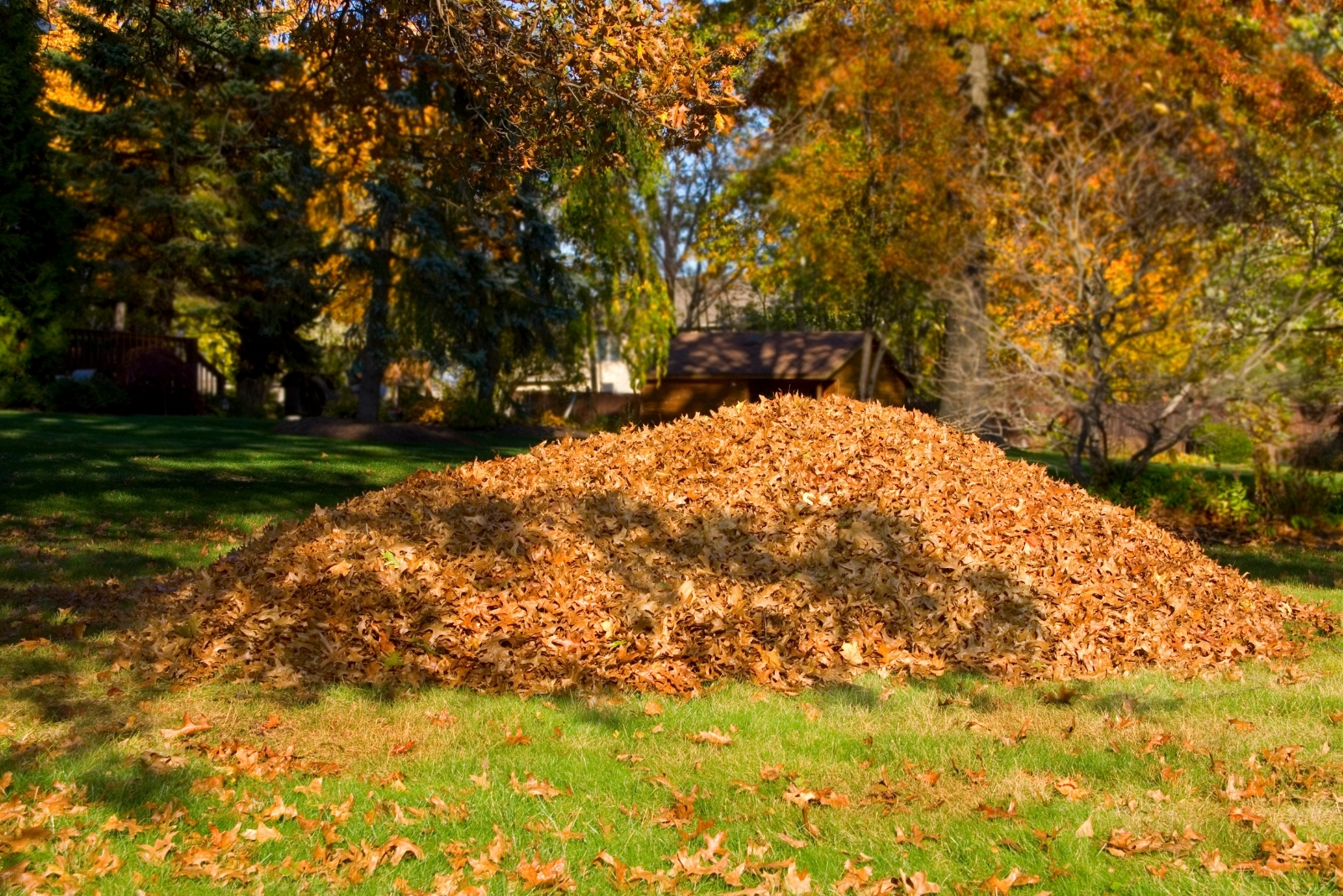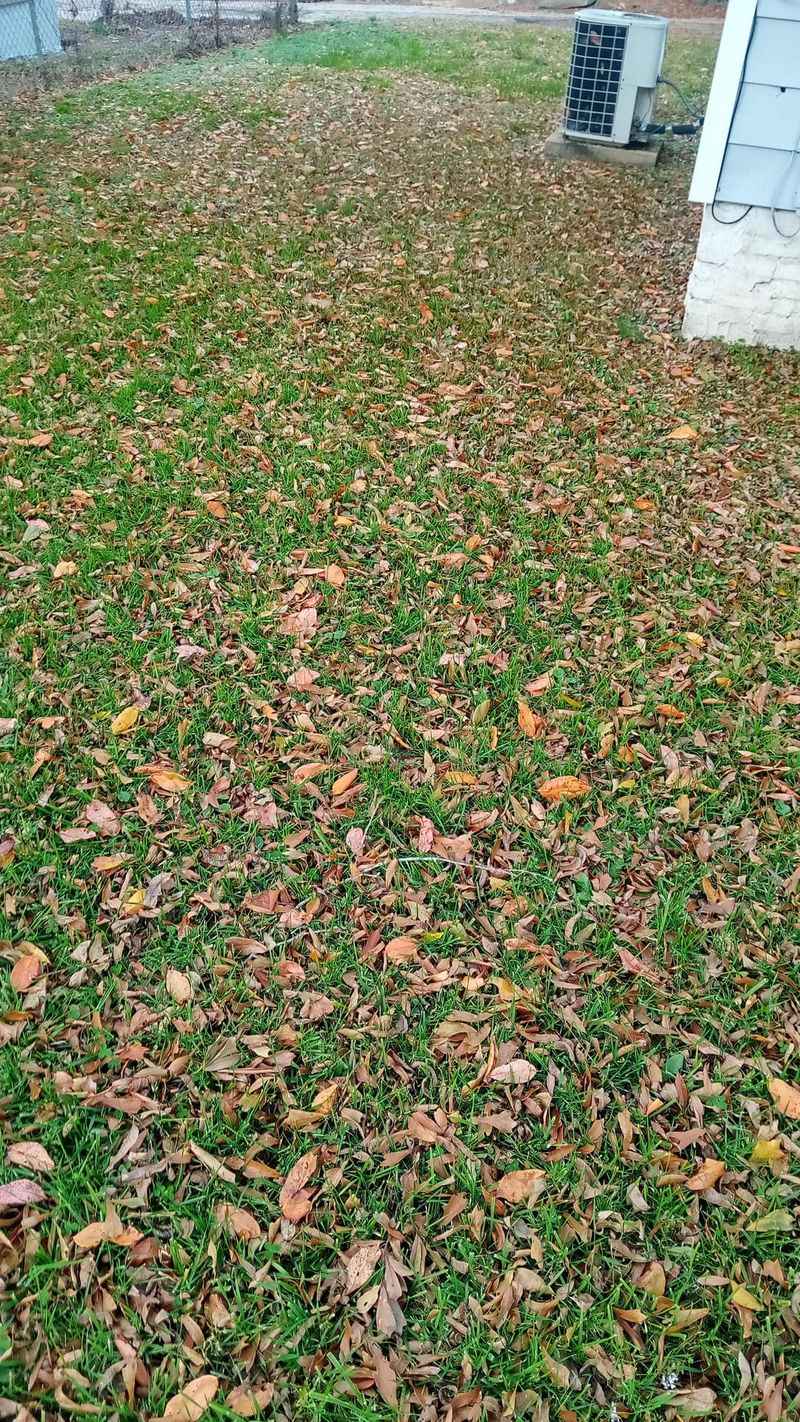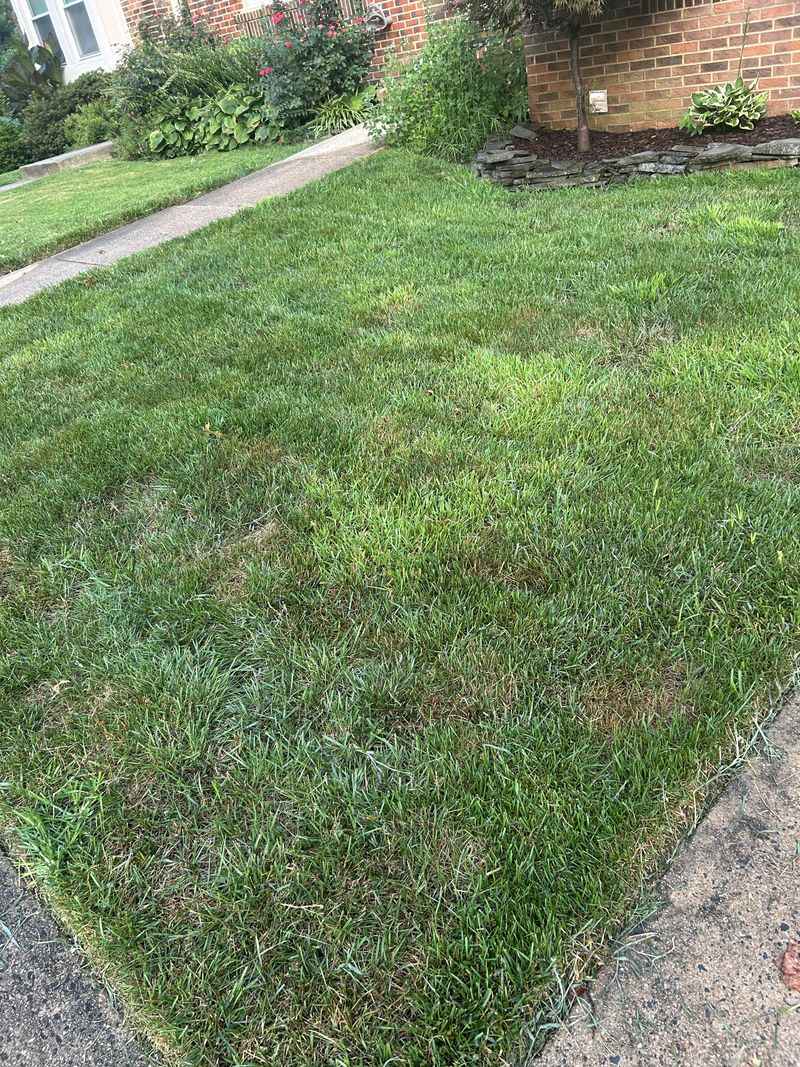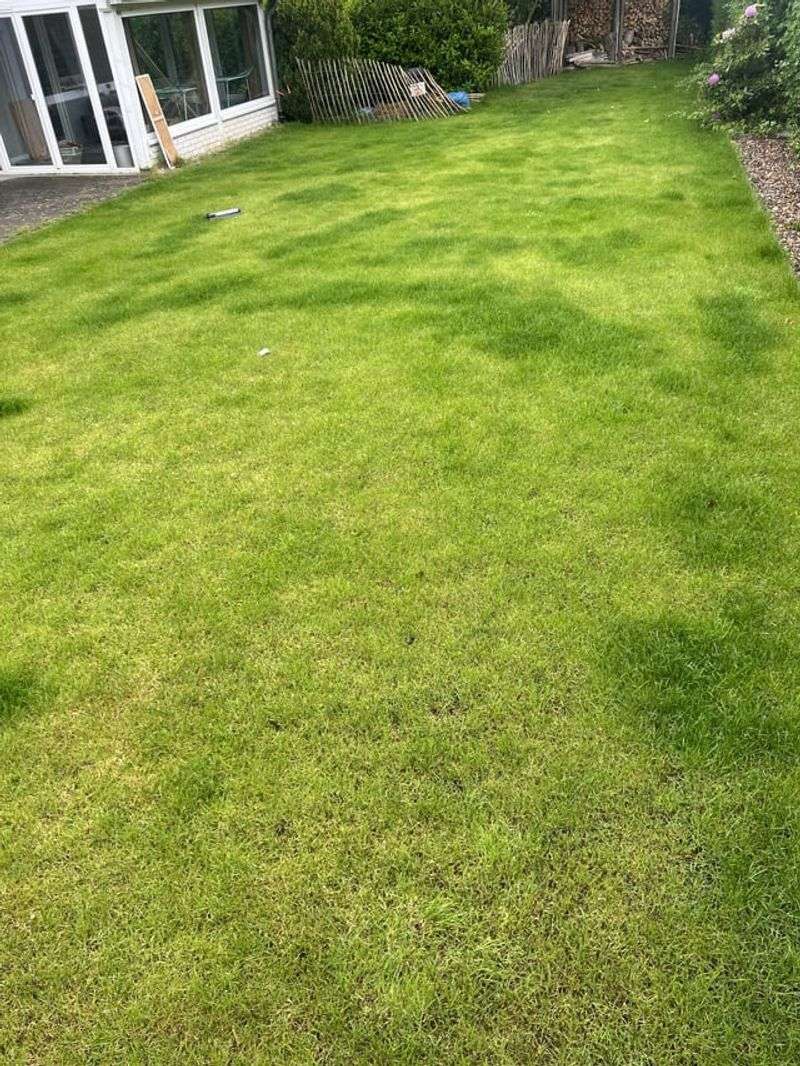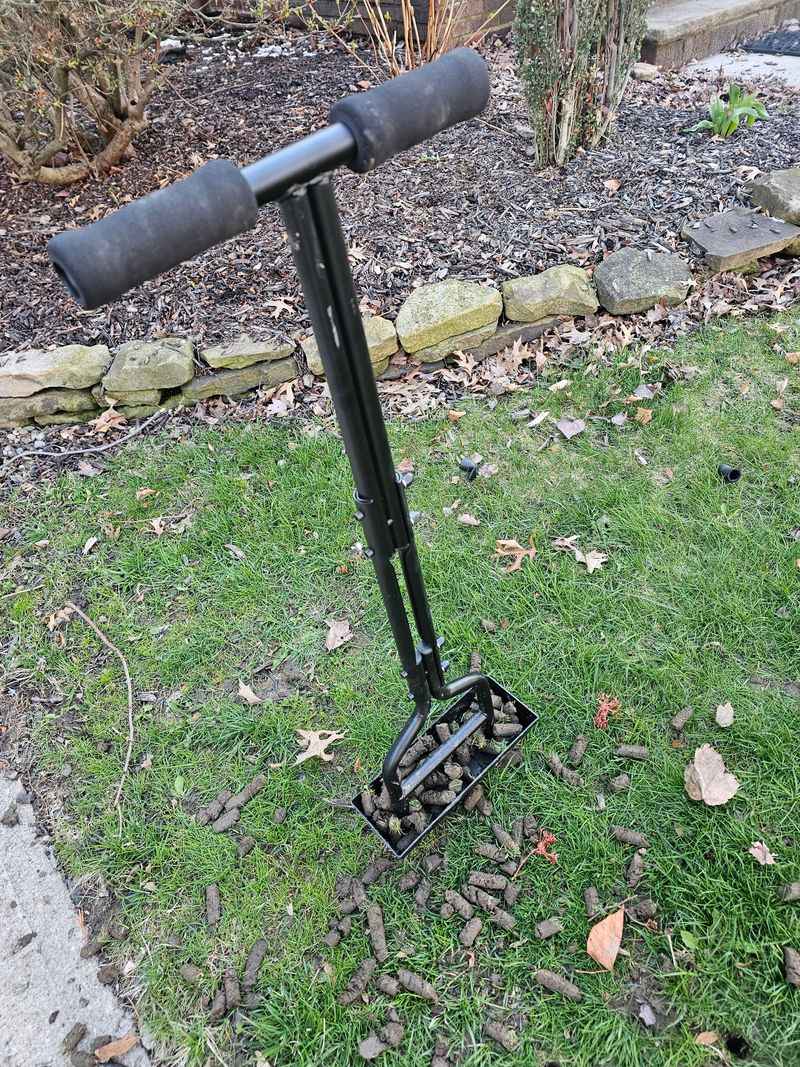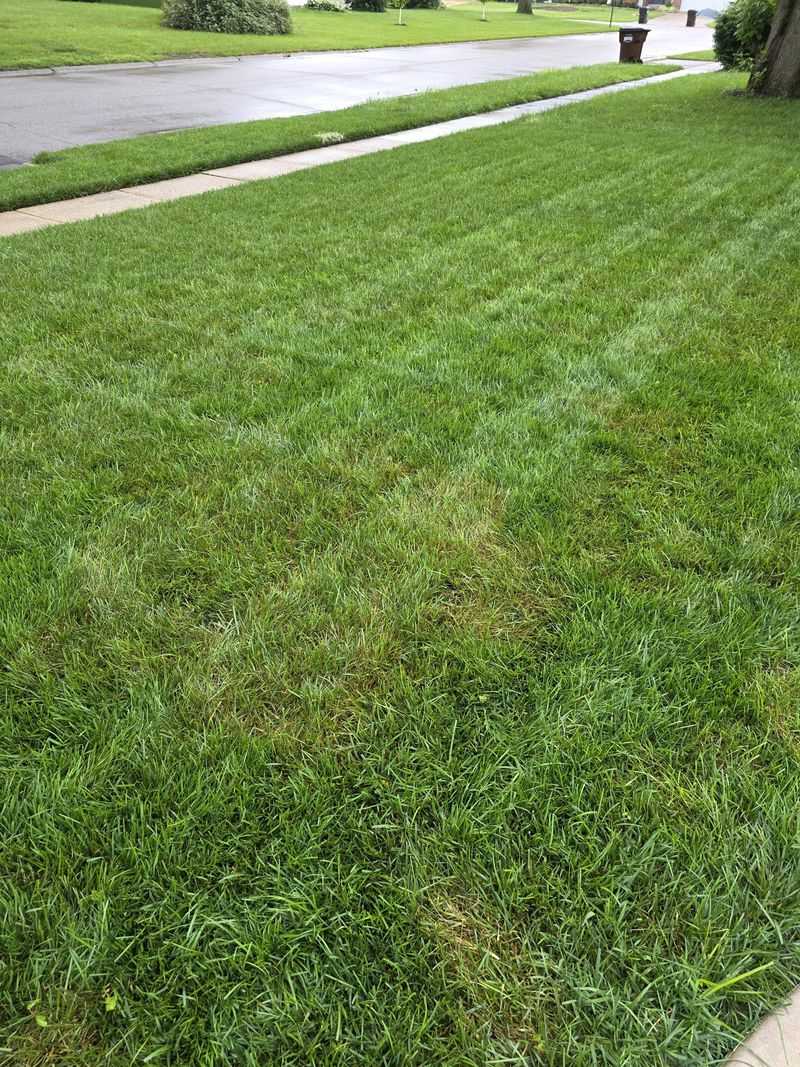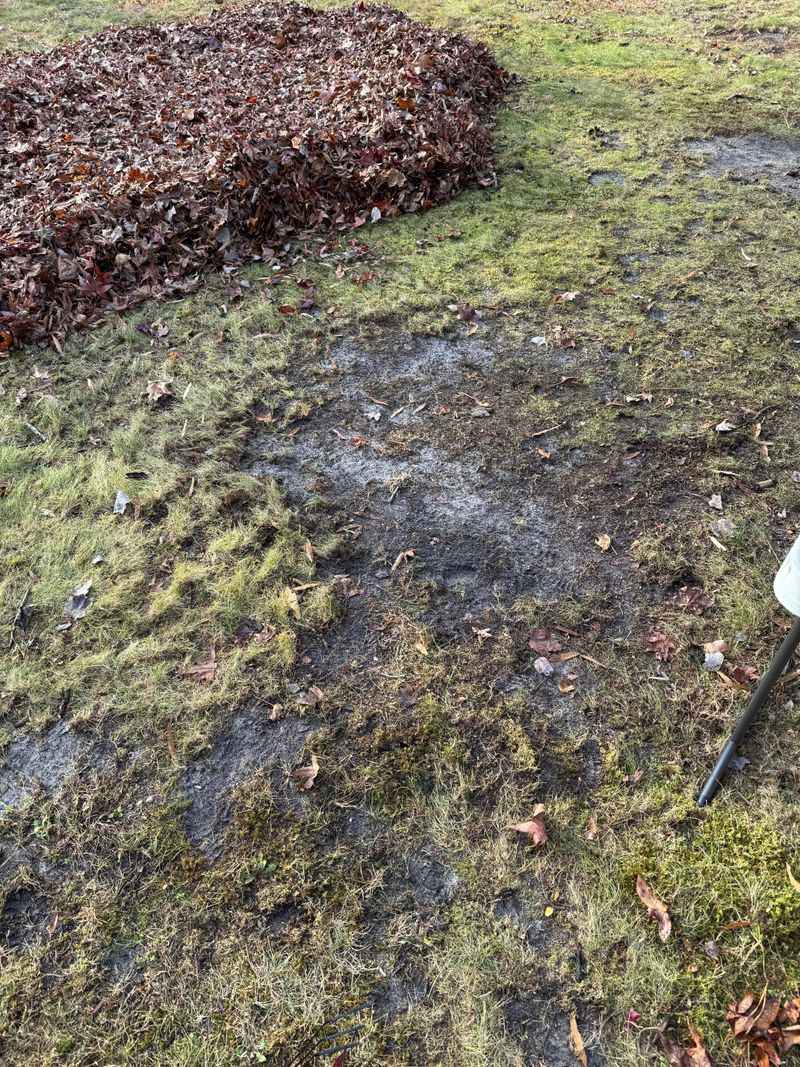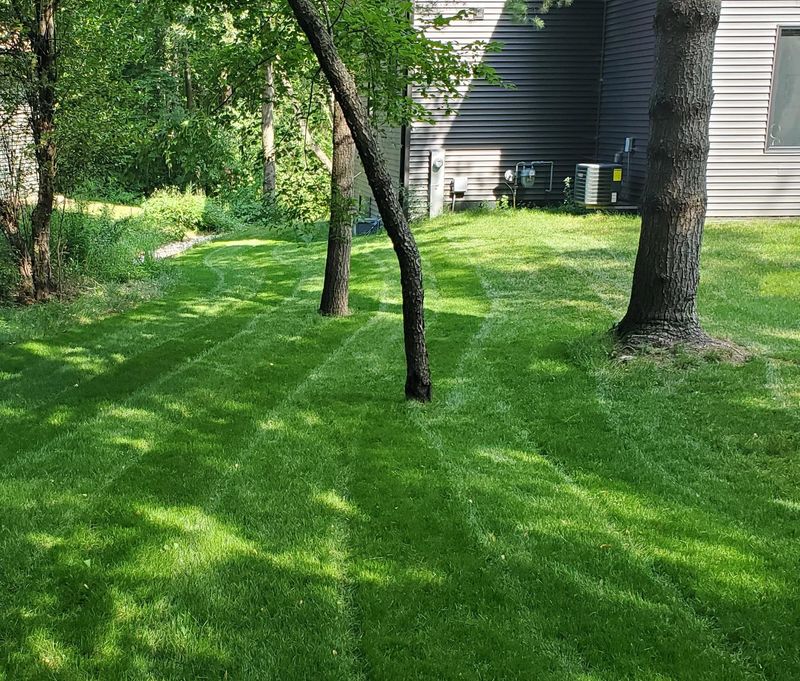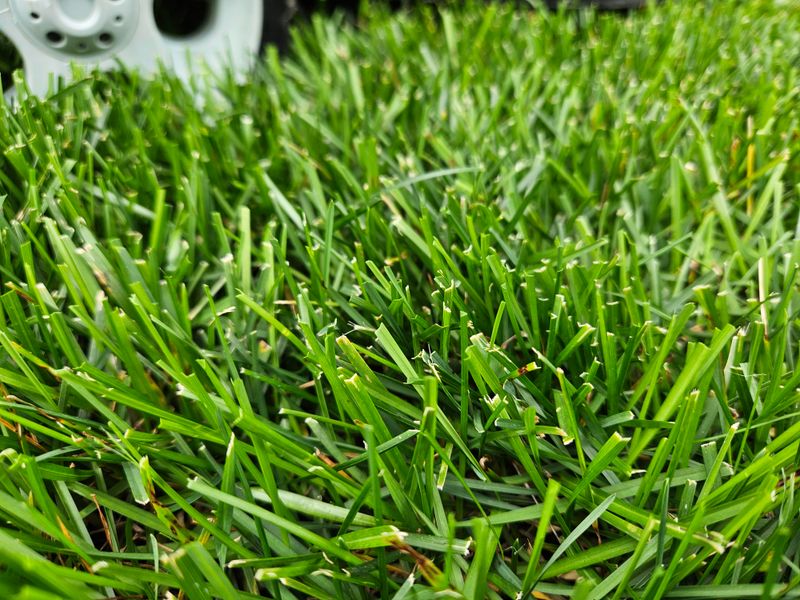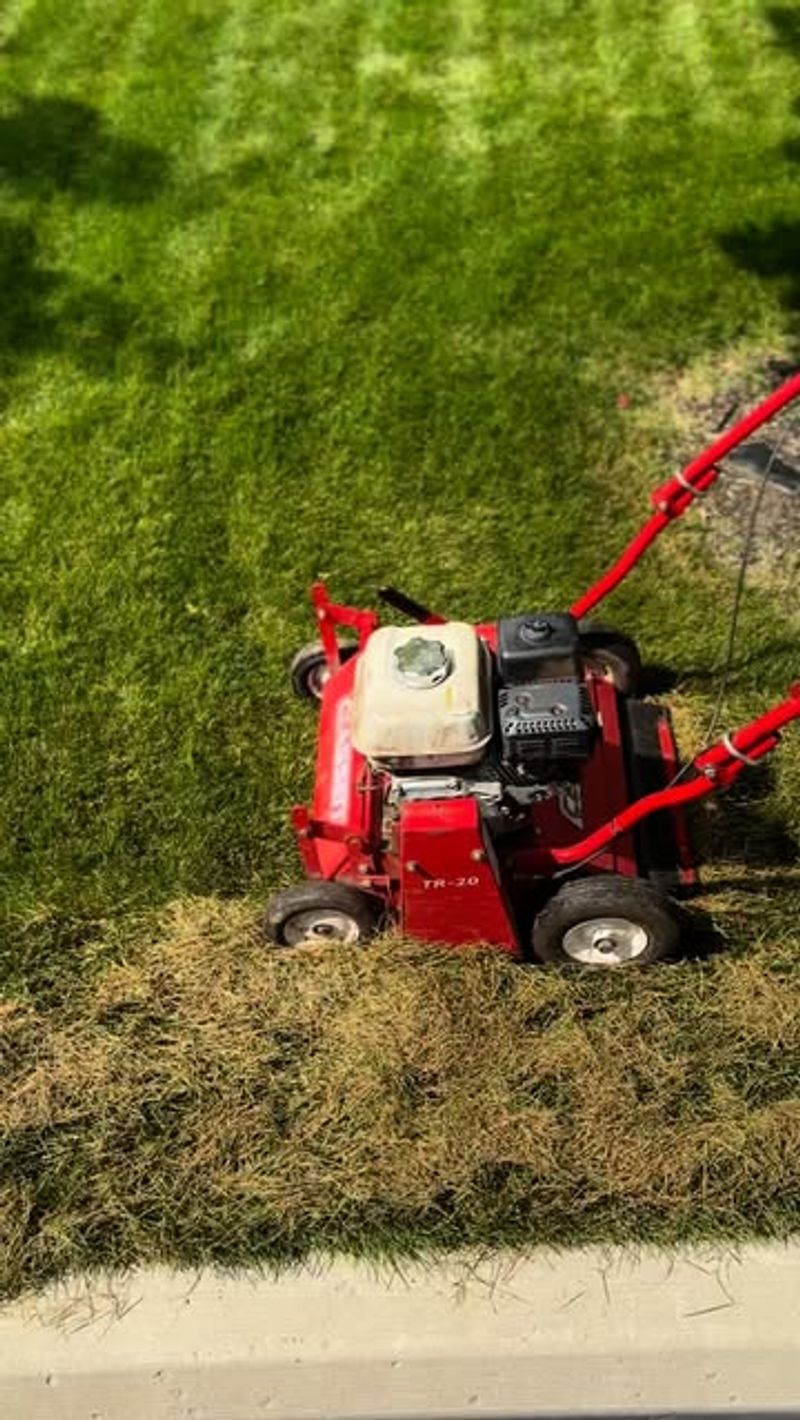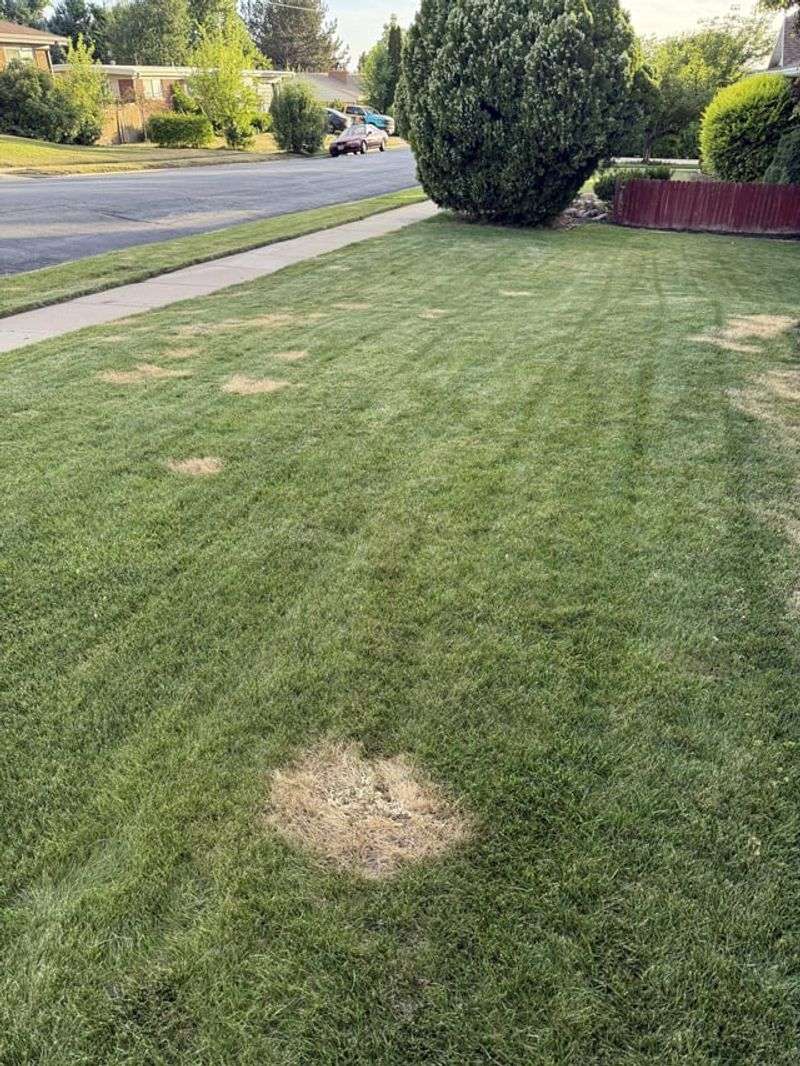Connecticut lawns need careful attention in fall to stay healthy through winter. Common mistakes like overwatering or improper mowing can damage turf.
Luckily, avoiding them is easier than you might think. Here’s what Connecticut homeowners should watch for to keep lawns looking great.
1. Neglecting Fallen Leaves
Thick leaf layers suffocate grass and create perfect conditions for lawn diseases across Connecticut properties. Left unattended, they block sunlight and trap moisture against the soil surface.
Regular raking or mulching leaves with your mower prevents this damage. Connecticut lawns benefit from breaking down small leaf particles that actually add nutrients to the soil.
2. Cutting Grass Too Short
Scalping your lawn in fall weakens grass roots just when they need strength for winter dormancy. Many Connecticut homeowners mistakenly think shorter grass requires less maintenance before winter.
Taller grass (about 2.5-3 inches) develops deeper root systems. Connecticut turf varieties need this extra height to store energy reserves that help them survive harsh New England winters.
3. Improper Fall Fertilization
Using spring-formula fertilizers in autumn pushes unnecessary leaf growth when roots need attention instead. Connecticut soils benefit from specific fall formulations with different nutrient ratios.
Look for fertilizers with higher potassium and phosphorus but lower nitrogen. Connecticut lawns fertilized properly in fall develop stronger root systems that bounce back quicker after winter’s harsh freeze-thaw cycles.
4. Forgetting Aeration
Compacted soil prevents water, nutrients and oxygen from reaching grass roots throughout Connecticut’s varied landscape. Years of foot traffic and mowing create a dense layer that strangles your lawn’s root system.
Fall aeration creates channels for essential elements to penetrate deeply. Connecticut’s clay-heavy soils particularly benefit from this process, which alleviates compaction before winter sets in.
5. Watering at Wrong Times
Evening watering in fall creates perfect conditions for fungal growth across Connecticut yards. Cool nights plus excess moisture equals trouble for grass health when temperatures drop.
Morning irrigation allows blades to dry before nightfall. Connecticut’s fall humidity levels already challenge lawns, so timing your watering correctly prevents adding unnecessary moisture when fungal pressure is highest.
6. Ignoring pH Imbalances
Connecticut soils naturally trend acidic, creating poor growing conditions for most lawn grasses. Without proper testing and amendment, your grass struggles to access nutrients even when they’re present.
Fall is perfect for applying lime based on soil test results. Many Connecticut homeowners see dramatic improvement after addressing pH issues, as balanced soil chemistry maximizes fertilizer effectiveness and promotes healthier spring growth.
7. Skipping Overseeding
Thin lawns invite weeds to take over bare patches throughout Connecticut properties. Fall’s cooler temperatures and typically more reliable rainfall create ideal conditions for seed germination.
Overseeding thickens existing turf and introduces newer, more resilient grass varieties. Connecticut homeowners who overseed in fall often enjoy denser lawns that naturally resist weed invasion and require fewer herbicides the following season.
8. Leaving Tools Unmaintained
Dull mower blades tear grass rather than cutting cleanly, creating stress and entry points for disease. Many Connecticut homeowners overlook this simple maintenance step as the season winds down.
Sharpening blades and winterizing equipment properly ensures healthy cuts. Connecticut’s varied fall conditions demand tools that perform optimally, as damaged grass heading into winter has less chance of full spring recovery.
9. Excessive Thatch Buildup
Thatch thicker than half an inch blocks water and nutrients while harboring pests throughout Connecticut landscapes. This layer of dead grass material accumulates between soil and living grass blades.
Fall dethatching removes this barrier to lawn health. Connecticut’s freeze-thaw cycles can actually worsen thatch problems, making autumn removal crucial before winter weather sets in.
10. Applying Weed Killers Incorrectly
Spraying herbicides haphazardly damages desirable plants and contaminates Connecticut’s water systems. Timing and product selection matter tremendously for effective weed control without harming your lawn.
Targeted fall applications control perennial weeds most effectively. Connecticut yards benefit from careful spot-treatment of persistent weeds like dandelions and clover when these plants are actively storing nutrients for winter.

